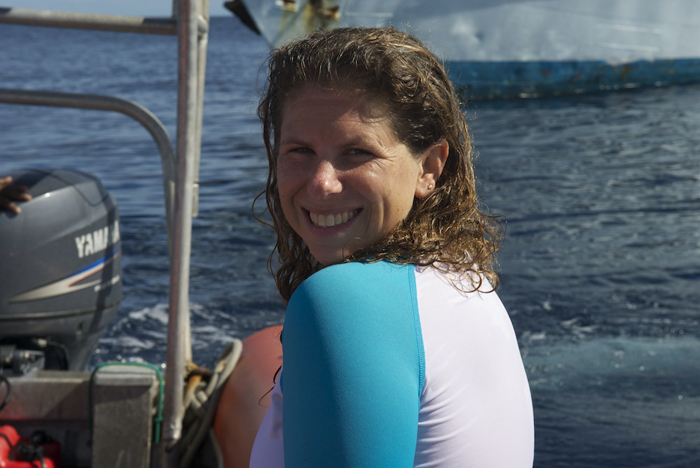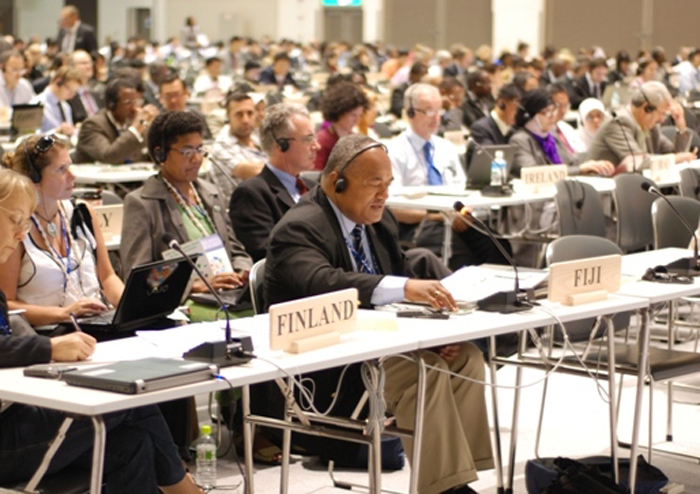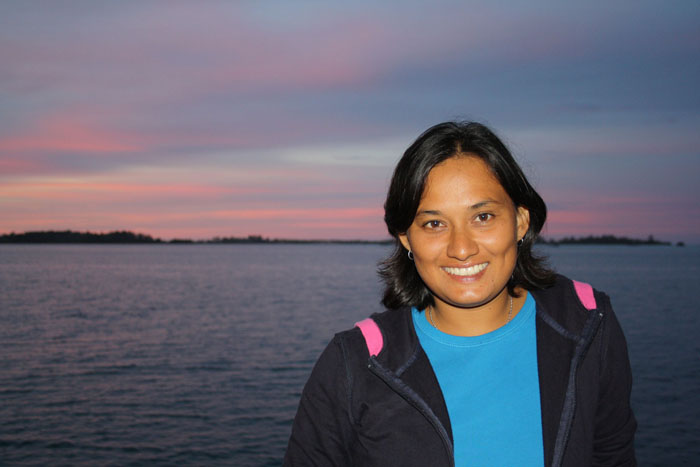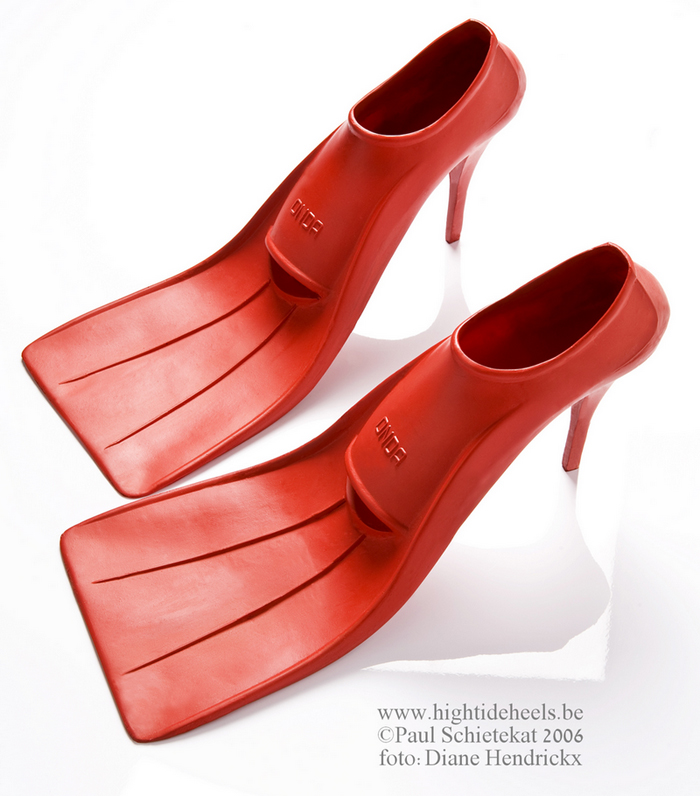Stepping up Conservation in Fiji — in Stilettos (Op-Ed)

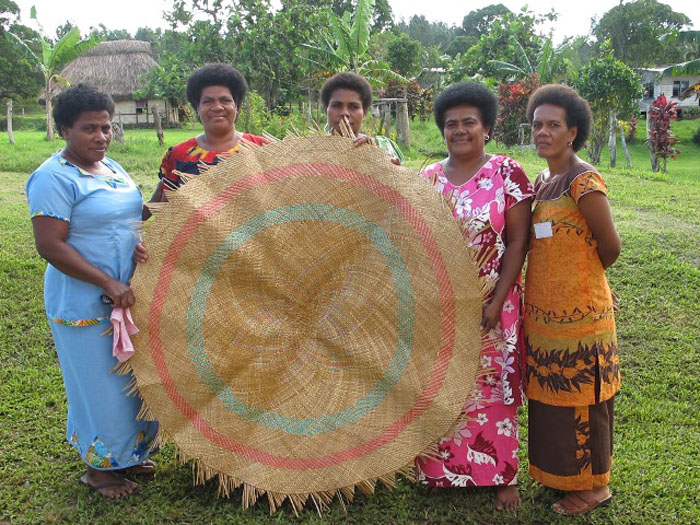
Stacy Jupiter is Fiji Country program director for the Wildlife Conservation Society (WCS). This article is the first in a series of blogs celebrating the contributions of women to the practice of conservation. Jupiter contributed this article to Live Science's Expert Voices: Op-Ed & Insights.
If I ever get around to writing a memoir of my early years in conservation and research, I might title it "Stuck in the Mud." As a Peace Corps volunteer in Gabon, central Africa, in the late 1990s, I was perpetually filthy between digging fish ponds and cycling through impossible mud holes on the clay dirt road through the jungle.
Not much changed while doing my dissertation research in Australia, looking at the impact of sediment and nutrients on downstream tropical mangrove and coral reef ecosystems . On any given day I might be stuck to my thighs in mangrove muck or down a ditch to get water samples from the sewer-treatment plant outfall.
When I started as Fiji Country program director with the Wildlife Conservation Society (WCS) in 2009, I was in my early 30s, though I probably came across as about 27. As an expatriate woman from the U.S., fairly short and considerably younger than my NGO director peers, I took steps to transform myself from grotty field biologist to a respectable professional. I started wearing make-up regularly for the first time, bought sensible clothing, and began stepping out of our office 4WD in high heels.
Five years later, I've mostly given up on the make-up and I don't have to try so hard to look "older" as the wrinkles have begun to set in, but the staff downstairs still hear me clomping around in my signature stilettos.
Yet more importantly than just changing my appearance, I worked to build the reputation of WCS in Fiji as an organization that produces quality work for the benefit of Fiji's environment and people. My catch phrase to our staff might as well be, "That's good, but we can do better." We realized that we may be one small office on a small Pacific island, but we can be leaders in our field of marine conservation and fisheries management.
The hard work is paying off. The model that we introduced in Kubulau District, Fiji, for integrated ridge-to-reef management was selected as a finalist in an international competition on "Turning the Tide for Coastal Fisheries" that sought projects with novel solutions for coastal fisheries management.
Get the world’s most fascinating discoveries delivered straight to your inbox.
Meanwhile, the coral reef fish populations are recovering due to the success of the Kubulau marine protected-area network. The Kubulau story has been featured as a case study in a report on fisheries transitioning to sustainability published by the Prince's Charities International Sustainability Unit, established by His Royal Highness the Prince of Wales to bring attention to some of the world's key environmental challenges.
But conservation isn't just about establishing protected areas — it is also about establishing opportunities. Recently, our team has been working in Fiji with local women to establish small business ventures to improve local livelihoods.
We've helped rural women develop marketing opportunities to sell locally-produced honey and woven handicrafts — income that, in principle, could offset the need to over-harvest coastal fisheries while providing for household items and covering school fees for the local children. Akanisi Caginitoba, one of our longest-serving staff members, has taken the lead on this initiative, and through empowering local women she has empowered herself, growing in confidence to lead and manage projects.
As our WCS Fiji program has expanded, we have been able to attract other remarkable women in conservation. We were delighted to welcome to our office Sangeeta Mangubhai, a self-professed "Conservation Diva," who has recently come home to Fiji after 12 years working abroad with the hope of mentoring the next generation of conservation leaders. She is even willing to share her collection of high heels.
As we enter into Women's History Month, I am proud to be surrounded by women who are taking such great strides to secure Fiji's environmental future, one step at a time.
This article is the first in the series Women's History Month: Blogs from the Wildlife Conservation Society. The views expressed are those of the author and do not necessarily reflect the views of the publisher. This version of the article was originally published on Live Science.
Other articles in the series include:
How Two Women Brought a Sea Change to Conservation (Op-Ed )
Developing World Boasts Leading Women Conservationists (Op-Ed )



